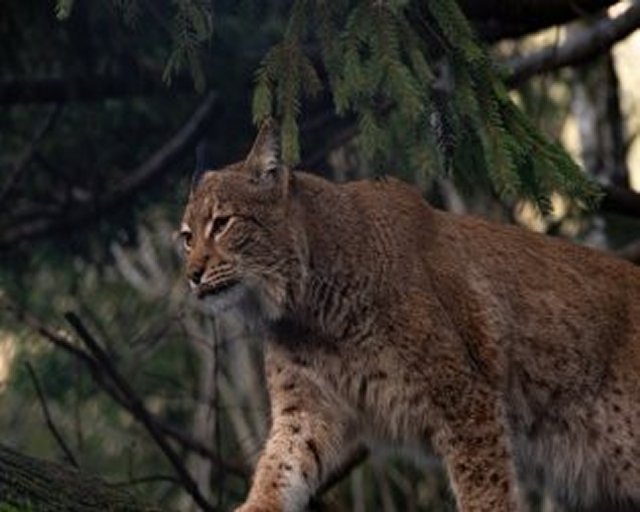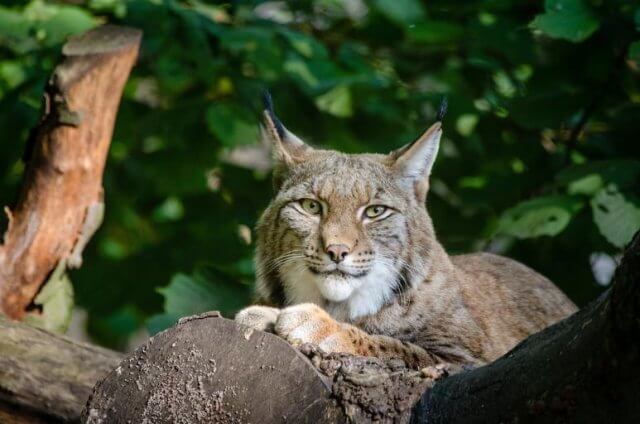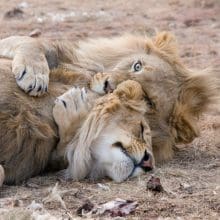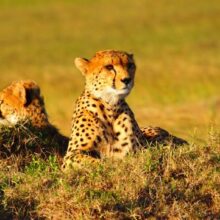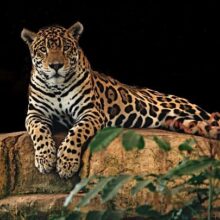What Makes Bobcats Such Stealthy Predators?
Stealthy Predators
Bobcats, also known as Lynx rufus, are fascinating creatures that inhabit various regions of North America. These medium-sized wild cats possess remarkable hunting skills and are known for their stealth and agility. In this article, we will explore the characteristics and behaviors that make bobcats such efficient predators.
The Anatomy of a Bobcat
Stealthy Predators: Bobcats have a unique physical structure that contributes to their hunting prowess. Understanding their anatomy provides valuable insights into their predatory abilities:
- Size and Weight: Bobcats typically weigh between 15 to 35 pounds, with males being larger than females. Their compact size allows them to move swiftly and silently through their environment.
- Agile Body: These felines have a flexible body with long legs, enabling them to leap and pounce on their prey with precision.
- Sharp Claws: Bobcats possess retractable claws that they can extend when needed. These sharp claws help them climb trees, catch prey, and maintain a firm grip.
- Keen Eyesight: Their eyes are adapted for excellent vision, especially in low light conditions. This allows them to spot potential prey from a distance.
- Superior Hearing: Bobcats have tufted ears that enhance their hearing capabilities. They can detect the slightest rustle or movement, even in dense vegetation.
The Art of Stealth
Stealth is a crucial aspect of a bobcat’s hunting strategy. Their ability to move silently and remain undetected gives them a significant advantage over their prey. Here are some key factors that contribute to their stealth:
- Camouflage: Bobcats have a coat of fur that blends seamlessly with their surroundings. Their fur coloration varies depending on the region they inhabit, ranging from reddish-brown to gray. This natural camouflage allows them to hide effectively in their environment.
- Slow and Deliberate Movements: Bobcats are masters of patience. They move slowly and cautiously, carefully placing each paw to avoid making noise. This deliberate approach helps them remain undetected by their prey.
- Stalking Techniques: When hunting, bobcats employ stalking techniques to get as close as possible to their prey without being noticed. They use vegetation, rocks, or any available cover to conceal their approach.
- Stealthy Footsteps: Bobcats have fur-covered paws that muffle their footsteps, allowing them to move silently. This adaptation enables them to sneak up on their prey without alerting them.
Adaptable Diet
Bobcats are opportunistic predators with a diverse diet. Their adaptability allows them to thrive in various habitats, from forests to deserts. Here are some examples of their prey:
- Small Mammals: Bobcats primarily feed on small mammals such as rabbits, squirrels, and mice. They are skilled at ambushing their prey, using their stealth and agility to their advantage.
- Birds: While not their primary food source, bobcats are capable of catching birds in mid-flight or raiding nests for eggs.
- Reptiles and Amphibians: Bobcats also consume reptiles and amphibians, including lizards, snakes, and frogs. Their ability to adapt their diet to available food sources ensures their survival in different environments.
Bobcats and Human Interaction
As human populations expand and encroach upon natural habitats, interactions between humans and bobcats become more common. Understanding how to coexist with these stealthy predators is essential for both their conservation and our safety:
- Respecting Their Space: Bobcats are generally elusive and avoid human contact. It is crucial to give them their space and not approach or attempt to feed them.
- Securing Livestock and Pets: Bobcats may occasionally target small livestock or pets. To minimize conflicts, it is important to secure animals in enclosed areas, especially during vulnerable times such as nighttime.
- Conserving Natural Habitats: Protecting and preserving natural habitats is vital for the long-term survival of bobcats. By conserving their habitats, we ensure their continued existence and maintain the balance of ecosystems.
Summary
Stealthy Predators: Bobcats are remarkable predators, equipped with a combination of physical attributes and hunting techniques that make them highly efficient hunters. Their stealth, agility, and adaptability allow them to thrive in various environments. By understanding and appreciating these magnificent creatures, we can work towards coexisting harmoniously with them while ensuring their continued survival in the wild.
Read More About Bobcats From Wikipedia

